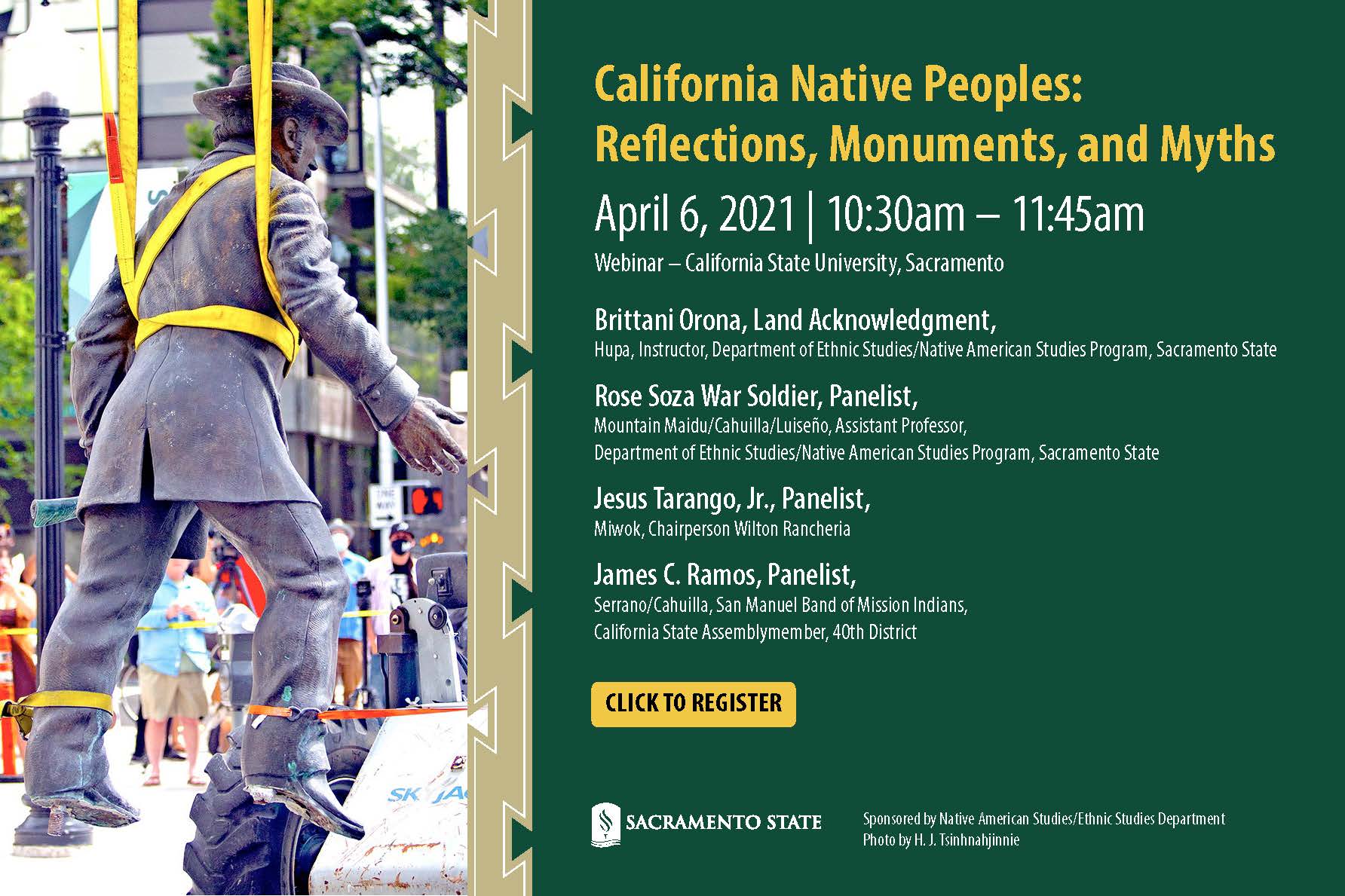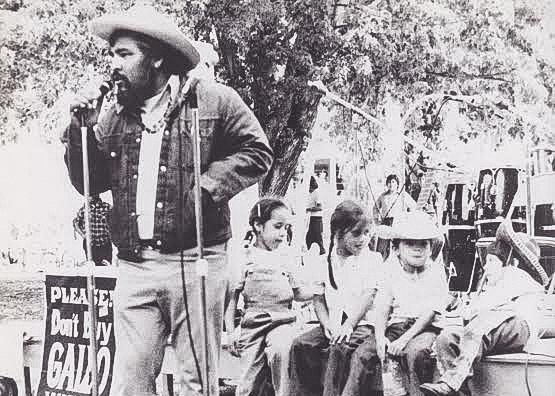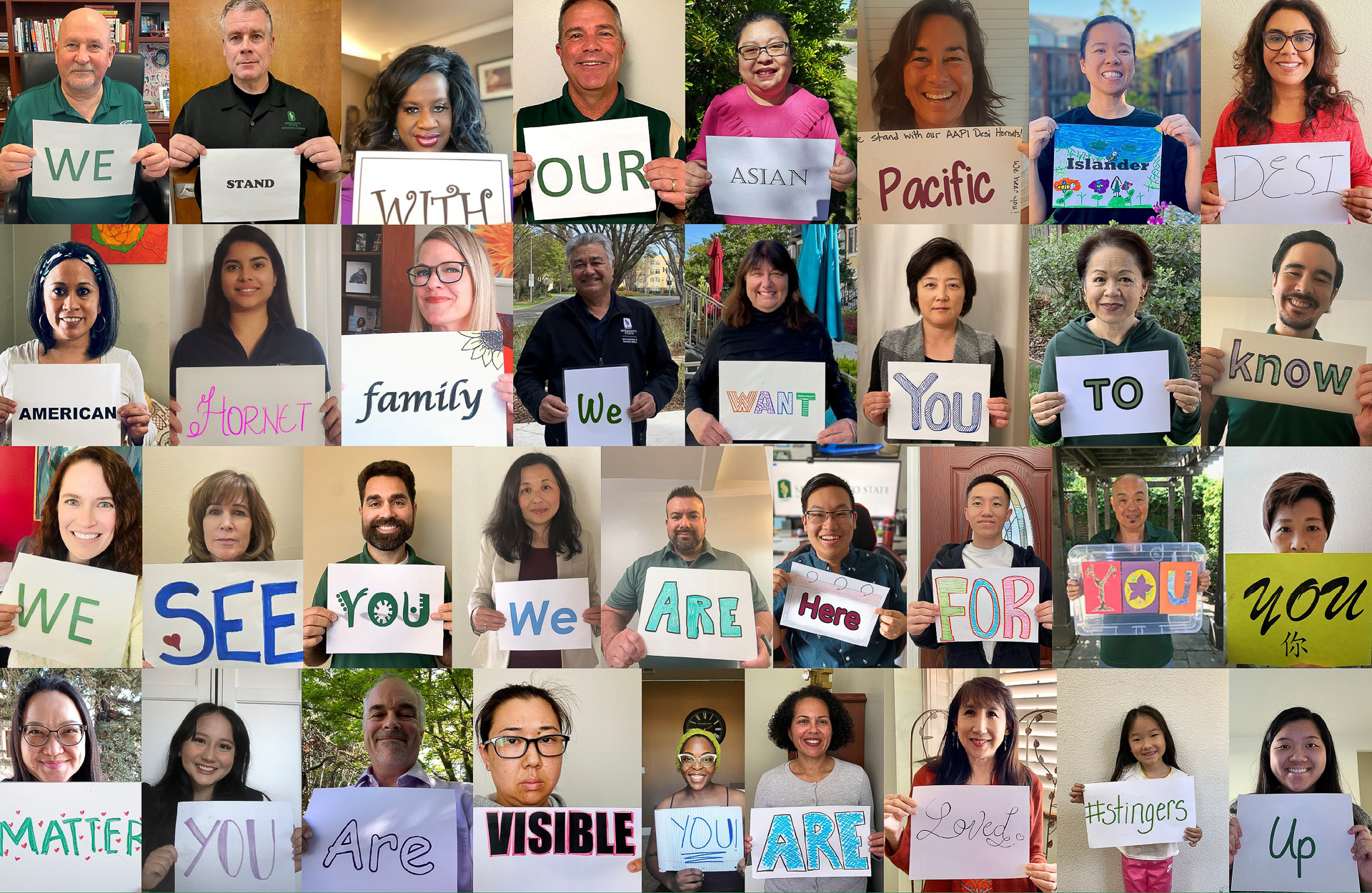Story Content
Sutter, Serra are not our heroes, Native American panelists say

April 07, 2021
John Sutter and Junipero Serra have been portrayed as heroes to generations of Californians, their impact and exploits lauded in textbooks and histories as progress. To many Native Americans, however, their legacies are rife with racism and violence.
Panelists participating in a webinar presented Tuesday by Sacramento State’s Native American Studies program called for the marks made by Sutter and Serra on California and its native peoples to be put in clearer and more detailed historical context. These experts said current Californians should demand removal of monuments to white colonists who oversaw atrocities against native people.
“More people are willing to learn and change. It’s time to tell the truth.”
Against a backdrop of calls for social justice for all people, statues of Serra, Sutter, and others have been defaced, toppled or relocated in cities throughout the country during the past year, said Rose Soza War Soldier, an assistant professor of Native American Studies and Ethnic Studies at Sac State.
A featured speaker during Tuesday’s event, War Soldier called the statues “symbols of discrimination and racism” and said they distort the history of people who committed horrific “crimes against Indigenous people and their land.”
“These are not our heroes,” she said.
In Sacramento last year, a statue of Sutter, a 19th-century colonizer who enslaved Native Americans, was taken from its pedestal in the face of protests. In Sacramento and Los Angeles, activists toppled statues of Serra, a Catholic priest who founded missions throughout California in the 18th century, and long a subject of controversy because of his treatment of Native Americans.
Jesus Tarango Jr., tribal chair of the Wilton Rancheria in southern Sacramento County, said it is time to educate citizens about the “romanticized” images of colonists and the injustices that Native Americans endured.
Recent activism, including Black Lives Matter protests, has awakened social consciousness around the world, he said.
“More people are willing to learn and change,” he said. “It’s time to tell the truth.”
James C. Ramos, the first California Indian elected to the state Assembly, said lawmakers are working on several pieces of legislation that would represent steps forward.
Ramos introduced AB 338, which would place a monument to California native people on the Capitol grounds. The bill is set for a hearing by the Rules Committee on Thursday, April 22, he said.
Discussions around the bill have helped start a dialogue about the history of mistreatment of Native Americans, said Ramos.
“We need to tell the state of California and the people of the United States what really happened,” he said.
Ramos also called for the state to cultivate and employ more Native American educators, and to make changes in school curriculums to more accurately portray the history of Indigenous people.
“Now is the time for the voices of our ancestors to be heard,” he said.
Media Resources
Faculty/Staff Resources
Looking for a Faculty Expert?
Contact University Communications
(916) 217-8366
communications@csus.edu


